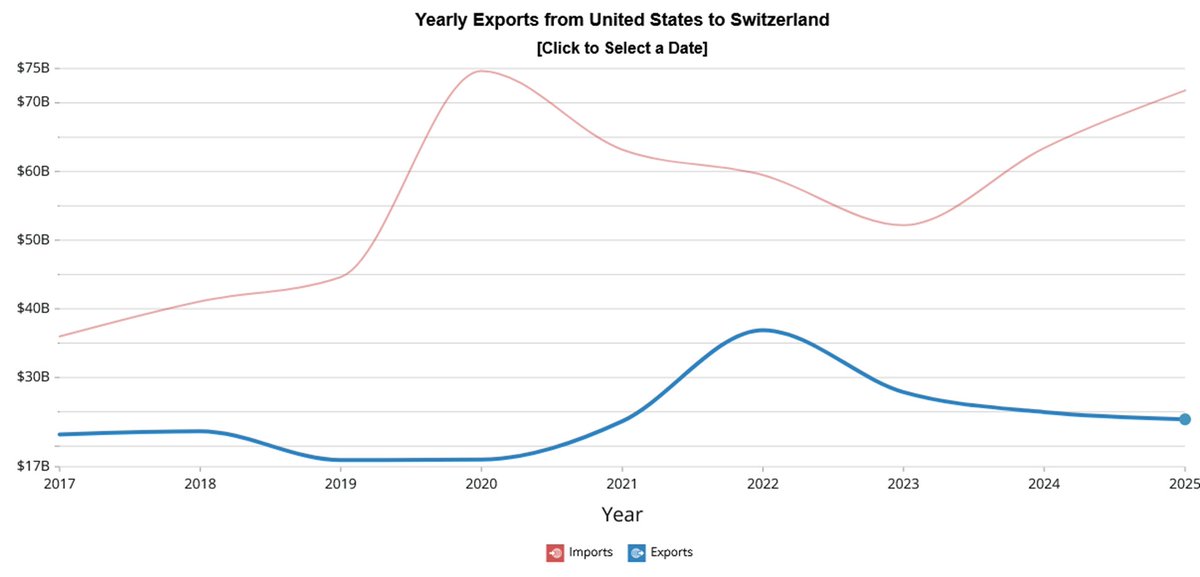Let us look at US crude & product inventories. It remains the largest refining system globally & by far & away the most transparent market which is why US inventory data matter for crude oil prices globally (although less so now than in times pre-global satellite data).
#OOTT
#OOTT
All-in, US crude & product inventories incl. SPR are 35Mb below their 10-year average at 1,825mb (blue line). They are 100Mb, give or take, away from hitting a decade low. With 50Mb SPR release, we may get their in Q1 2022 and subject to Omicron effects.
2/..
2/..

The same data in a 5-year average scenario? We're already 125mb below its 5-average. Kind of interesting. Mind you - commodities price at the margin. So this is an interesting combo with WTI at $68/bbl (ex Macro Set-up).
3/..
3/..

Why is this interesting? Bc the current refinery run rate (=demand for crude oil) of 15.6mbpd (million barrels per day) remains "Covid-19 constrained" and will go back to >17mbpd (or higher) long bf runs go lower, say by 2028, to due the global energy transition.
4/..
4/..

Here is a seasonal perspective for refinery runs which illustrates the massive Covid variant effects in 2021 alone as well as a massive reduction of its 5-year averages - starting in March to December - due to the run collapse in the range of 12.5 to 14.2Mbpd back in 2020.
5/..
5/..

The Covid 2020 effect is best illustrated below. So expect the US refinery system to be back in a 17mbpd range in 2023 by the latest, but more likely post H2 2022 - and subject to not more Greek alphabet words spooking politicans each and every time.
6/...
6/...

Back to 5-y inventories. US crude inventory incl. SPR (which under Biden is new marginal supply barrel) is at 1,036Mb. So at a normalised 17mbpd run-rate and ex product stock & indigenous production, the US can theoretically supply its market for 61 days; ex SPR for 25.
7/...
7/...

For good order sake, pre-Covid the US was a 20.5mbpd crude products consumption market. The difference bw 17mbpd US refinery runs and demand is imports and change in product inventories.
8/..

8/..


So why is 25 days commercial inventory of Tweet 7 interesting? Because if we look at "US Commercial Crude Inventory in Days" for the past 11 years, we were in that 20-25 days range between 2010-2014.
9/...
Source: Burggraben analysis; Bloomberg
9/...
Source: Burggraben analysis; Bloomberg

So what? Well, that was the period when WTI traded bw $69-114/bbl. WTI only dropped into the "lower for longer range" of $55-65 with the STRUCTURAL outlook of sustained US shale oversupply, starting in September 2014. Rightly so, as inv days of subsequent years illustrated.
10/.
10/.

Back in 2018, we published our bullish oil thesis - 3 years early - including our "Oil Price Framework" in which we argued that price goes >$100 when, among others, d/s is faced with a structural deficit (the reverse of 2014 outlook). That remains our guiding principle.
11/...
11/...

We also included our "Drivers of Price Formation". In a market full of noise, see the forest for the trees. Comparing back then with today, our "barrel counting outlook" for a STRUCTURAL DEFICIT strengthened due to the permanent capital stravation of US shale (green shift).
12/.
12/.

What changed is the role of China. It added tank capacity to strategically make use of price vola & remain at "baseline purchases" if prices raise. Looking at China's commercial inv days, they are back 50 now after substantial inv draws.
13/... Source: Burggraben; Kayrros
13/... Source: Burggraben; Kayrros

Comparing the US and China's crude reserves incl SPRs (China classifies much less SPRs vs US), but have around 62 days of reserves. This tells us that China is a likely buyer above baseline here, although its property crisis may mean it will hold back for another quarter.
14/..
14/..

Put differently: The CCP wants total control. So China's Majors will be allocated buying quotas on the basis of their inventory data first. Those inventories are, despite substantial capacity addition, back at their 2016/2017 levels. But we are sure you knew all that :-)..
15/..
15/..

What also changed? The macro set-up. Barrel counting or - god forbit - refinery margins/diffs etc, as we often explained, is not enough to understand oil prices. In fact, it is often a distraction as seen last week. Where are we on macro?
16/..
16/..
https://twitter.com/BurggrabenH/status/1465431340090806273?s=20https://twitter.com/BurggrabenH/status/1465431340090806273?s=20
In all, US & China inv. are low from a 10-y avg perspective once runs are normalised due to return of interconti travel. By then, oil markets will have used up OPEC+ spare, face a structural deficit but also a "walking on ice" macro regime. Vola both up & down.
Thx; pls share
Thx; pls share
• • •
Missing some Tweet in this thread? You can try to
force a refresh

















